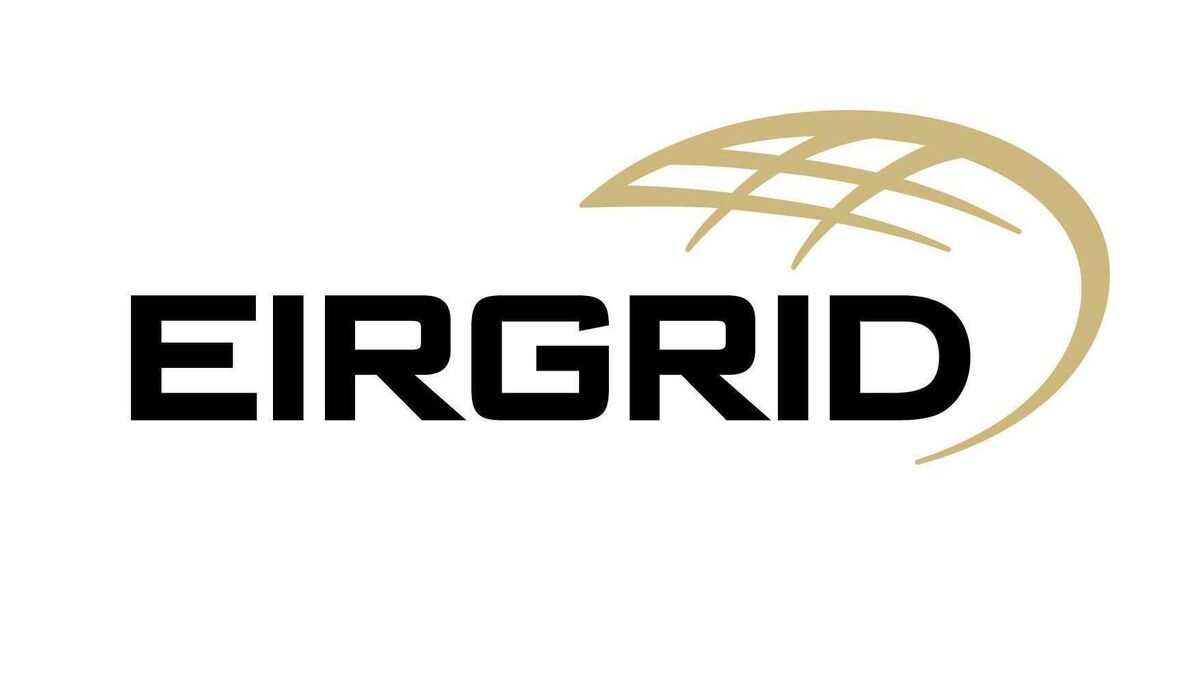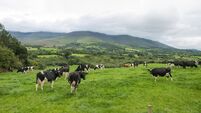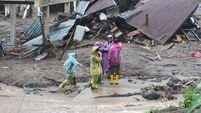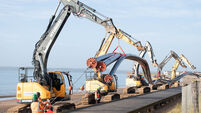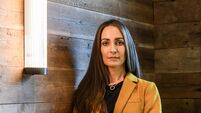Celtic Interconnector a key piece of Ireland’s climate action jigsaw
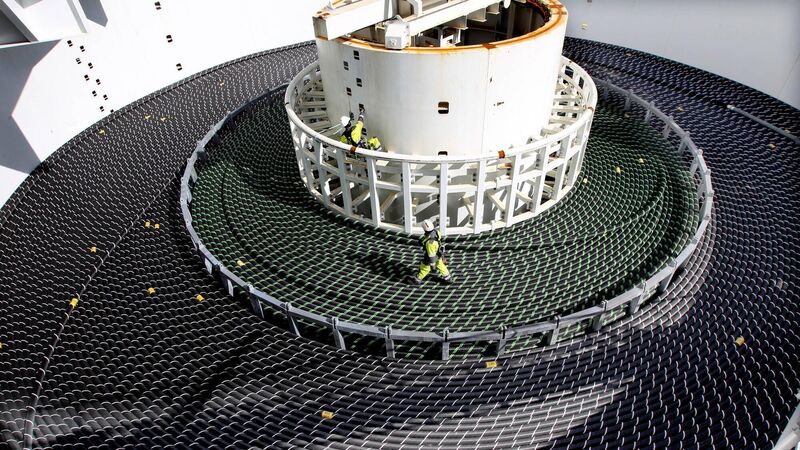
Subsea electricity cable being laid for an interconnector linking Ireland with Great Britain.
The 575km subsea Celtic Interconnector between Youghal and Brittany, France, will help secure Ireland's electricity supply, and will form a crucial piece achieving the ambitious energy targets set out for the coming years.
In recent weeks, An Bord Pleanála granted permission for the onshore element of the €1bn project here in Ireland, subject to a number of conditions, bringing the ambitious project closer to fruition.
When completed, the underwater connector will allow the Irish grid to exchange power with France, resulting in increased energy security, lower prices and a big step towards Ireland’s energy targets for 2030, according to Irish grid operator Eirgrid, which lodged the application last year.
Speaking to the , Eirgrid CEO Mark Foley, described the Celtic Interconnector as “the most important infrastructure project in Ireland in this decade”.
CLIMATE & SUSTAINABILITY HUB
“The Celtic Connector restores our link to mainland Europe and to our new closest EU neighbour France, which is really important symbolically, functionally and practically,” he explained.
“We are incredibly grateful to the European Commission who, throughout the journey of getting this project off the ground, have been hugely supportive, providing a €530m grant to build this project.

“It was a vote of confidence in Ireland and France, and a recognition that Ireland needed to link back into Europe post-Brexit.”
From a practical point of view, that link to Europe is important for a number of reasons, Mr Foley added.
One is security of supply.
“There will be times when the Irish system is stressed and it is really helpful that we can import electricity when our system might be under strain.”
There are also economic benefits to be gained from this renewed connection with Europe.
“To make this work from an economic perspective, when Ireland doesn’t need the energy, it has to go somewhere,” Mr Foley added.
"The Celtic Connector, along with the existing connectors to the UK, allows us to export that energy.
"The more competition you have, the more opportunity there is to drive down prices and ultimately drive the price of electricity down,” he said.
Ireland’s Climate Action Plan has set out ambitious targets for the country’s electrical supply, requesting that 80% of energy comes from renewable sources by 2030.
The Celtic Interconnector, and projects like it, is a big part of the energy jigsaw that is required to meet these targets, Mr Foley explained.
“Interconnection is a critical part of the jigsaw.
“More renewable energy is the second critical part of the jigsaw and that will come in three parts,” he said.
“It will come in the form of more onshore wind energy, which Ireland is a world leader in already.
“It will also come with the introduction of solar energy into the Irish market, which has its constraints but it does work and it has a place in the energy mix.
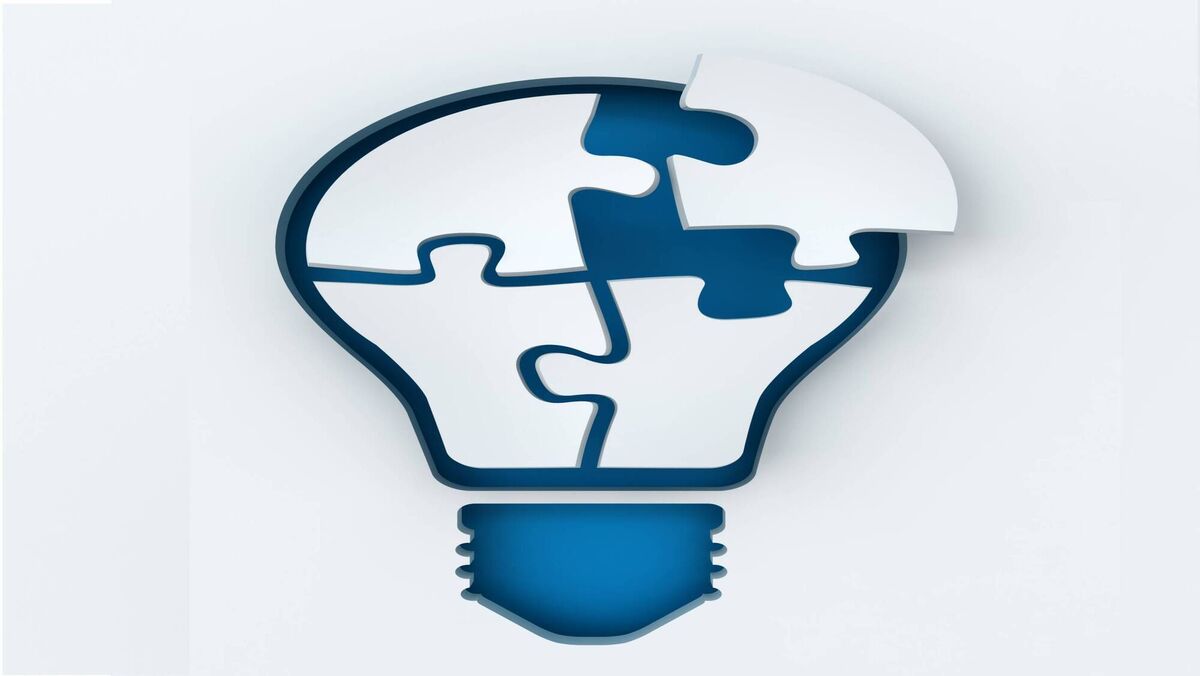
“Thirdly, and crucially, it will come with the evolution and birth of an offshore wind industry, starting off the east coast from Dundalk to Wexford,” he added, describing the development of offshore wind energy in Ireland as a “game-changer”.
The third part of the jigsaw, Mr Foley explained, is gas generation to ensure Ireland has a readily available supply of energy should renewable energy not be available.
“Ourselves, the regulator and the minister are totally aligned on this,” he said.
“Sometimes, there is a misconception among the public in this regard and it is presented as Eirgrid supporting new gas generation in an uncontrolled way.
“However, that is simply not the case at all — it is about having an insurance policy for when the sun doesn’t shine and the wind doesn’t blow,” he added.
“The next part of the jigsaw is the grid itself and the wires which are loved or hated depending on your position.
“Part of the plan and part of the jigsaw is to build the right wires in the right place with the least impact on communities, and to find that optimum balance.”
Mr Foley highlighted a number of recent high-profile decisions from Eirgrid to put those wires underground where possible.
“Where it is technically feasible, Eirgrid is committed to solutions that have social acceptance,” he said.
“We’re not going to walk into communities and impose solutions. We’re going to listen to them and, where we can, we’re going to ensure solutions that have less impact.”
The technology used to stabilise the grid was also highlighted as another integral part of the jigsaw, with a host of new and existing technologies on hand to ensure that the grid does not become destabilised as a result of new renewable energy sources coming on stream.
“The market is the final piece of the jigsaw,” Mr Foley stated.
“We would be very strongly of the view that the market design needs to evolve to ensure that renewable energy and grid-stabilisation technologies can get to market, can get built and can get remunerated.
“We’re building this jigsaw at the moment and there are many elements to it.”
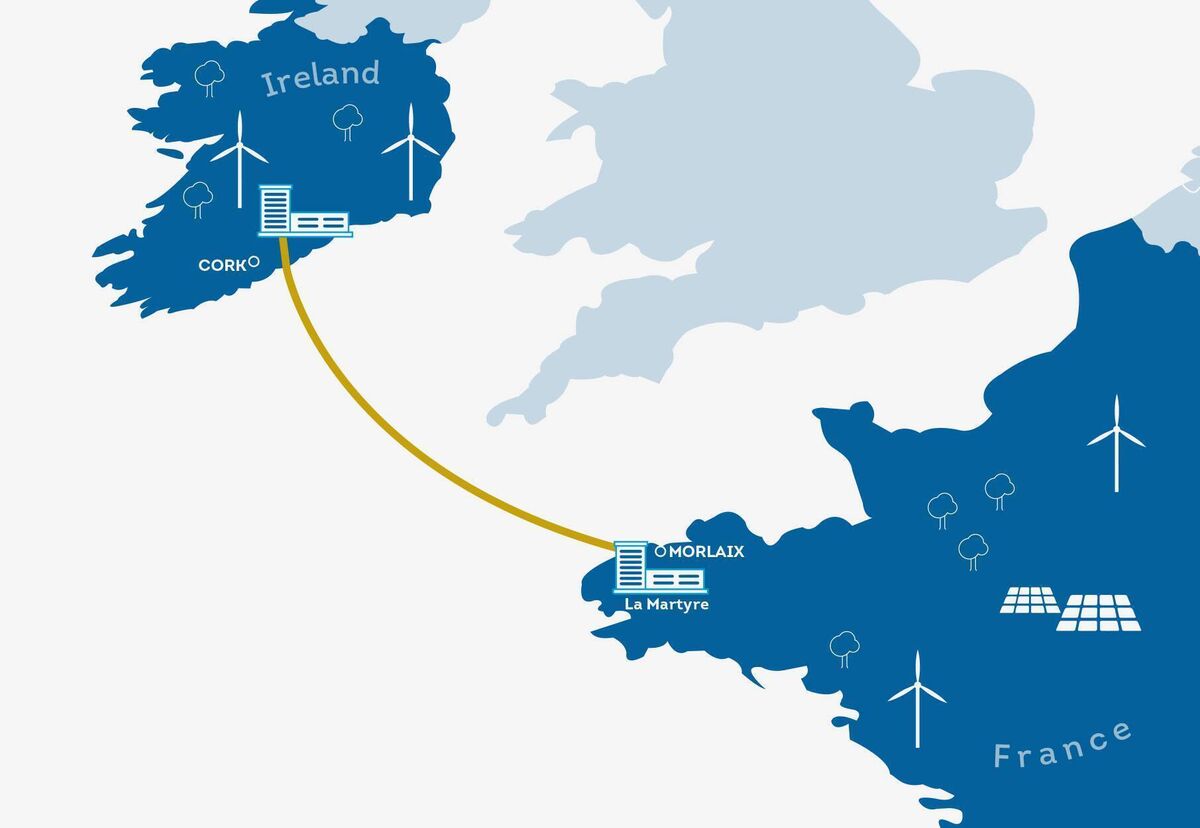
Looking to the future, Mr Foley explained that the energy transformation set to take place in the next decade here in Ireland will be as big as rural electrification between 1930 and 1960.
“There is a reasonable expectation among the rural and urban populations that they’ll always have electricity so we’ve got to ensure that continues,” he said.
“We also have to educate, inform and have the conversation about all the things we have to do to deliver the climate action plan and the 80 percent renewable energy.
“We’ve got to explain this jigsaw to ordinary people in Ireland that we need to have wind farms, solar energy and wires, whether they’re underground or overground.
“We have to find space over the coming year to have that conversation with the people of Ireland on what they can do as an individual to help the climate,” he added.
While he admitted Ireland’s energy targets for 2030 are ambitious, Mr Foley said they can be met. Why? Because we have done something very similar before.
“Back in 2007 or 2008, a Fianna Fáil and Green Party government set a target of 40% of all our electricity coming from renewable energy by 2020,” he explained.
“Most people thought they were mad, that it was a pipe dream from the Greens, and even the engineers said the laws of physics wouldn’t allow it to happen.
“However, it did happen — the audited number in terms of renewable electricity in 2020 was 43%.
“So when people say that the latest climate action targets are just a pipe dream, I’d say we’ve done this before and the technology is there to achieve it,” he added.
“We’re not reinventing physics or starting with this impossible dream — we’re actually talking about building on the success of 15 years of hard work so why can’t we do it?”
“We’re going to do it again and I think, by 2030, someone will be talking to my replacement asking how we got from 43% to hitting those targets set out for 2030.”
In fact, Ireland has already set about breaking records in terms of renewable energy output.
In February this year, 53% of all our electricity in Ireland came from renewables, a record breaking achievement, and the Irish power system can handle, at a point in time, 75% of energy from renewable sources.
“No other country in the world can do that,” said Mr Foley.
“We’re a small country on the periphery of western Europe but my goodness do we punch above our weight — we should be an inspiration to the countries around us.”
To find out more, head to the EirGrid website.
